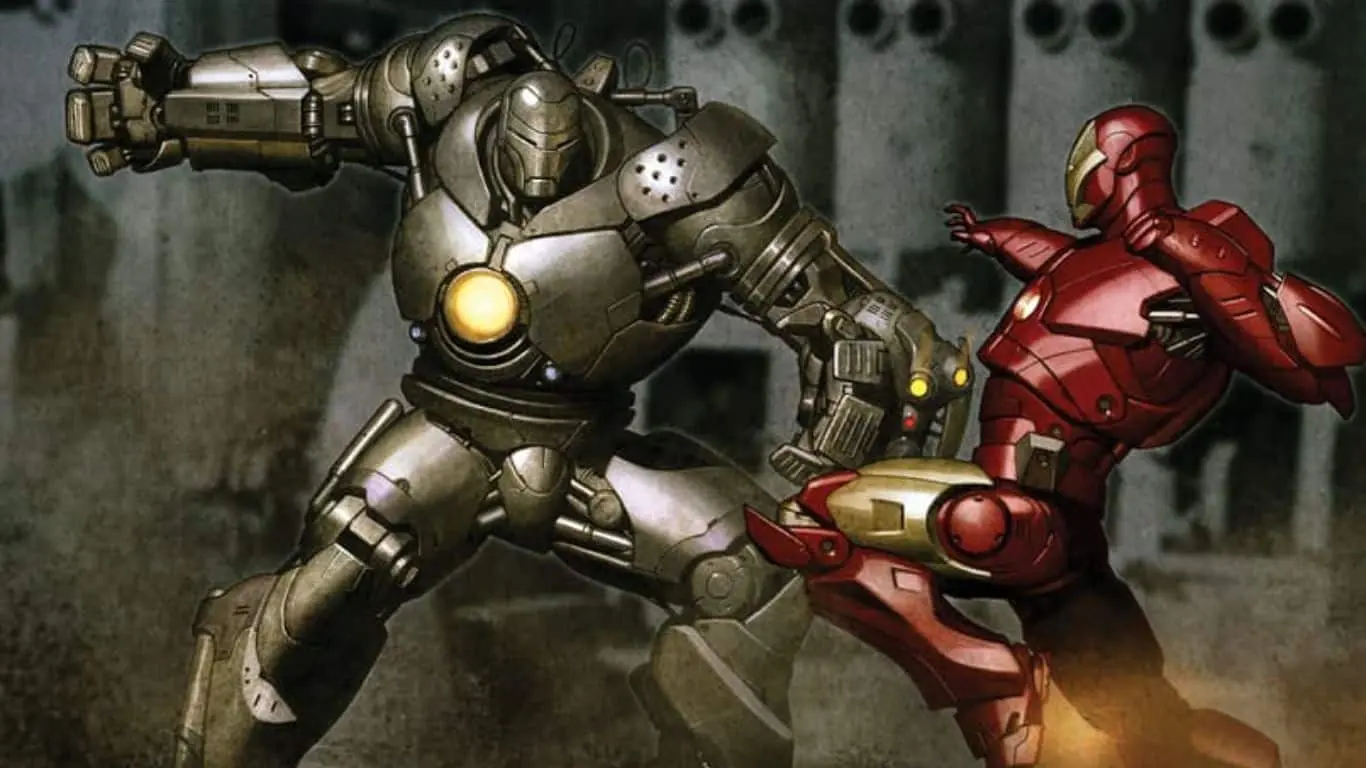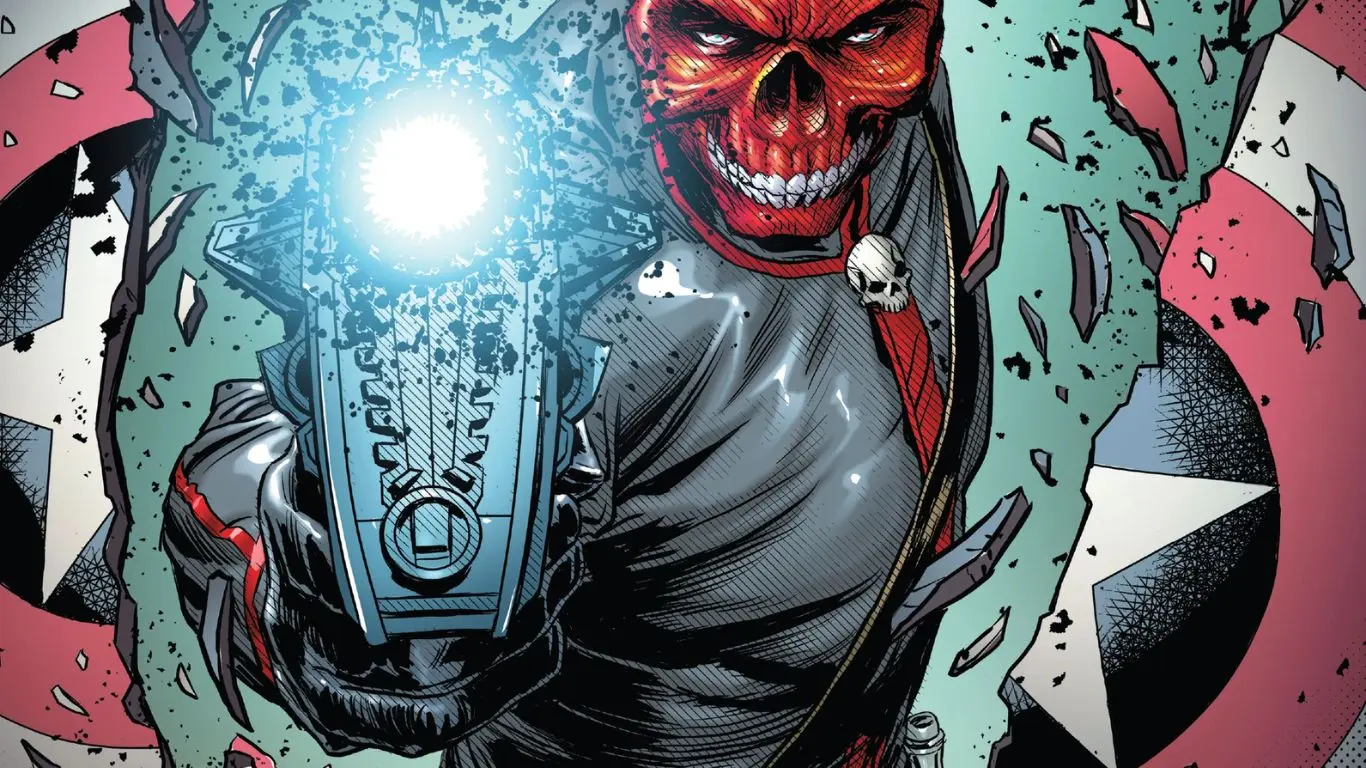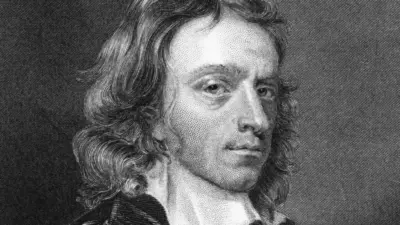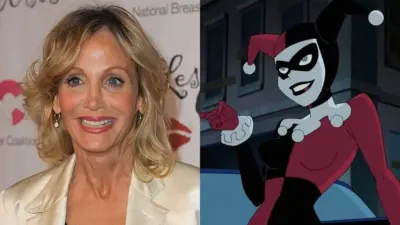In the enthralling universe of Marvel Comics, superheroes like Spider-Man, Wolverine, and Thor capture our imagination with their extraordinary abilities and virtuous deeds. But what happens when characters with similar, if not identical, powers tread the darker path of villainy? From shape-shifters who master disguise to sorcerers who exploit magic for their malevolent schemes, these villains often reflect the shadowy aspects of our beloved heroes. In this article, we delve into “10 Villains in Marvel Comics with Powers Similar to Superheroes”. Their captivating stories not only entertain but also pose intriguing ethical quandaries about the thin line separating good from evil.
10 Villains in Marvel Comics with Powers Similar to Superheroes
Iron Monger

In the riveting world of Marvel Comics, Iron Monger stands as a haunting reflection of Tony Stark, also known as Iron Man. Created by David Michelinie and Bob Layton, Iron Monger is the dark alias of Obadiah Stane, a business rival to Stark. Equipped with a powerful exoskeleton suit similar to Iron Man’s, Iron Monger represents the perils of technology when it falls into the wrong hands.
His suit boasts an array of advanced weaponry, flight capabilities, and enhanced strength. However, unlike Stark, who uses his technological genius for the greater good, Stane exploits it for personal gain and malevolent schemes. Iron Monger raises ethical questions about the responsibilities that come with innovation, challenging us to consider what separates a hero from a villain when they share similar tools but vastly different motivations.
Red Skull

Red Skull and Captain America serve as ideological foils, embodying the extreme ideals of their respective nations during World War II. While Captain America was powered by the Super-Soldier Serum to represent freedom and justice, Red Skull was Nazi Germany’s counterpart, fueled by his own fanaticism and commitment to atrocities. Over time, their similarities became hauntingly closer. After Captain America’s reawakening in the modern era, Red Skull ingeniously exploited this by creating clone bodies for himself using Cap’s DNA.
This not only gave him the same physical prowess as the American hero but added a cruel psychological dimension to their rivalry. Red Skull uses these new bodies to commit heinous acts, tarnishing the very essence of what Captain America stands for. His ability to “die” and reincarnate via these clones makes him a persistently nightmarish figure, and his use of Cap’s DNA is a vile violation that amplifies their eternal conflict.
Abomination

The Abomination is a testament to the catastrophic impact of unchecked power and the duality of human nature, much like Bruce Banner’s Hulk. However, there’s a dark twist: while the Hulk retains a sense of moral struggle, Abomination revels in his monstrous form. Created through a similar gamma radiation experiment gone awry, Emil Blonsky gains immense strength, durability, and a fearsome appearance.
Unlike Hulk, who loses his intellectual capabilities when transformed, Abomination’s intelligence remains intact, making him even more dangerous. This serves as a grim parallel to what Hulk could become without his moral compass. The Abomination’s existence is not only a physical but also an ethical challenge to the Hulk.
Killmonger

He serves as a haunting mirror to T’Challa, the Black Panther. Both are leaders, warriors, and embodiments of their cultural legacies, but they are separated by their ideologies and methods. Unlike T’Challa, who assumes his role with a sense of responsibility towards peace and diplomacy, Killmonger is fueled by revenge and aims to use Wakanda’s technological prowess for global domination.
Augmented by a similar serum and a Vibranium suit that parallels Black Panther’s, Killmonger’s physical abilities nearly match those of Wakanda’s king. He presents a dark alternative to T’Challa, forcing the hero to grapple not just with a physical threat, but also with complex ethical questions about power, leadership, and justice.
Daken

Wolverine’s son, highlights what could happen when mutant powers are coupled with a lifetime of manipulation and emotional trauma. Born with similar abilities as Wolverine, including a healing factor and retractable claws, Daken was manipulated from a young age to harbor a deep resentment towards his father.
However, unlike Wolverine, who eventually finds a form of redemption and a moral compass through his time with the X-Men, Daken embraces his darker instincts. He even has pheromone manipulation skills, adding a layer of psychological warfare to his arsenal. Daken serves as a living cautionary tale for Wolverine, embodying his fears of what he could become if he were to lose his way.
Venom

When Venom first slithered into the comic book world, he was the antithesis of Spider-Man. Using Peter Parker’s former symbiote, Eddie Brock gained virtually identical abilities, including wall-crawling, web-slinging, and heightened reflexes. However, Venom’s powers outclassed Spider-Man’s, giving him a menacing edge. As time passed, Venom evolved into an antihero, yet his approach to justice sharply contrasts Spider-Man’s ethos.
While Spider-Man avoids lethal measures, aiming to rehabilitate rather than destroy, Venom has no such qualms. His willingness to use lethal force serves as a constant reminder of what Spider-Man could become if he abandoned his principles.
Yellowjacket

Equipped with a suit that allows for size manipulation and insect control, Yellowjacket’s abilities closely mirror those of Ant-Man. While the original Yellowjacket was an alternate persona of Hank Pym, Darren Cross later takes up the mantle, showcasing a nefarious use of Pym’s groundbreaking technology.
Cross utilizes the Yellowjacket suit for personal and destructive ambitions, contrasting sharply with Ant-Man’s more altruistic goals. This duality raises compelling questions about the ethical implications of scientific advancement and the fine line that separates heroes from villains in the realm of technology and power.
Stryfe

Next is Stryfe who is a malevolent echo of Cable, a clone crafted by Apocalypse using Cable’s DNA. Both possess remarkable telepathic and telekinetic abilities, but their upbringings set them on divergent paths. Raised in a dystopian future ruled by Apocalypse, Stryfe never had to restrain his powers to combat a techno-organic virus, unlike Cable. This unfettered access to his abilities makes Stryfe even more dangerous, as he uses them to further his dark ambitions. His creation of the Mutant Liberation Front serves as a twisted counterpart to Cable’s X-Force, amplifying their ideological and physical clashes.
Stryfe’s existence poses an existential threat to Cable, forcing him to confront not just his equal in power, but also the potential darkness within himself. This relentless rivalry serves as a fascinating exploration of nature versus nurture in shaping morality and actions.
The Shadow King

Shadow King like Professor X is an immensely powerful telepath. However they represent polar opposites when it comes to ethical use of their abilities. While Professor X may have had his moments of moral ambiguity, his overall aim has been the peaceful coexistence of mutants and humans. In stark contrast, the Shadow King exploits his telepathic powers for personal gain, manipulation, and domination.
Their first encounter in Cairo set the stage for a life-long battle, making the Shadow King one of Xavier’s most formidable foes. The Shadow King’s group of thieves serves as a dark reflection of Xavier’s X-Men, emphasizing the perversion of similar abilities for nefarious ends. Their ongoing conflict not only tests the limits of their telepathic powers but also delves into ethical quandaries surrounding the potential abuse of such abilities.
Baron Mordo

Last on our list is Baron Mordo who serves as the malevolent shadow to Doctor Strange in the realm of mystic arts. Both are exceptionally skilled sorcerers trained by the Ancient One, but while Doctor Strange uses his abilities to protect reality, Mordo employs his skills for personal gain and darker ambitions. The two characters represent the duality of power and responsibility in the realm of magic.
Mordo’s mastery over the same spells and mystic items makes him a formidable foe, capable of matching Doctor Strange spell for spell. This similarity not only presents a physical challenge but also forces Doctor Strange to confront the ethical complexities inherent in the use of mystical powers. Mordo’s malevolence is a constant reminder of what could go awry when magical abilities fall into the wrong hands.
Also Read: 10 MCU Villains Whose Origin Stories Are Better Than Comics



